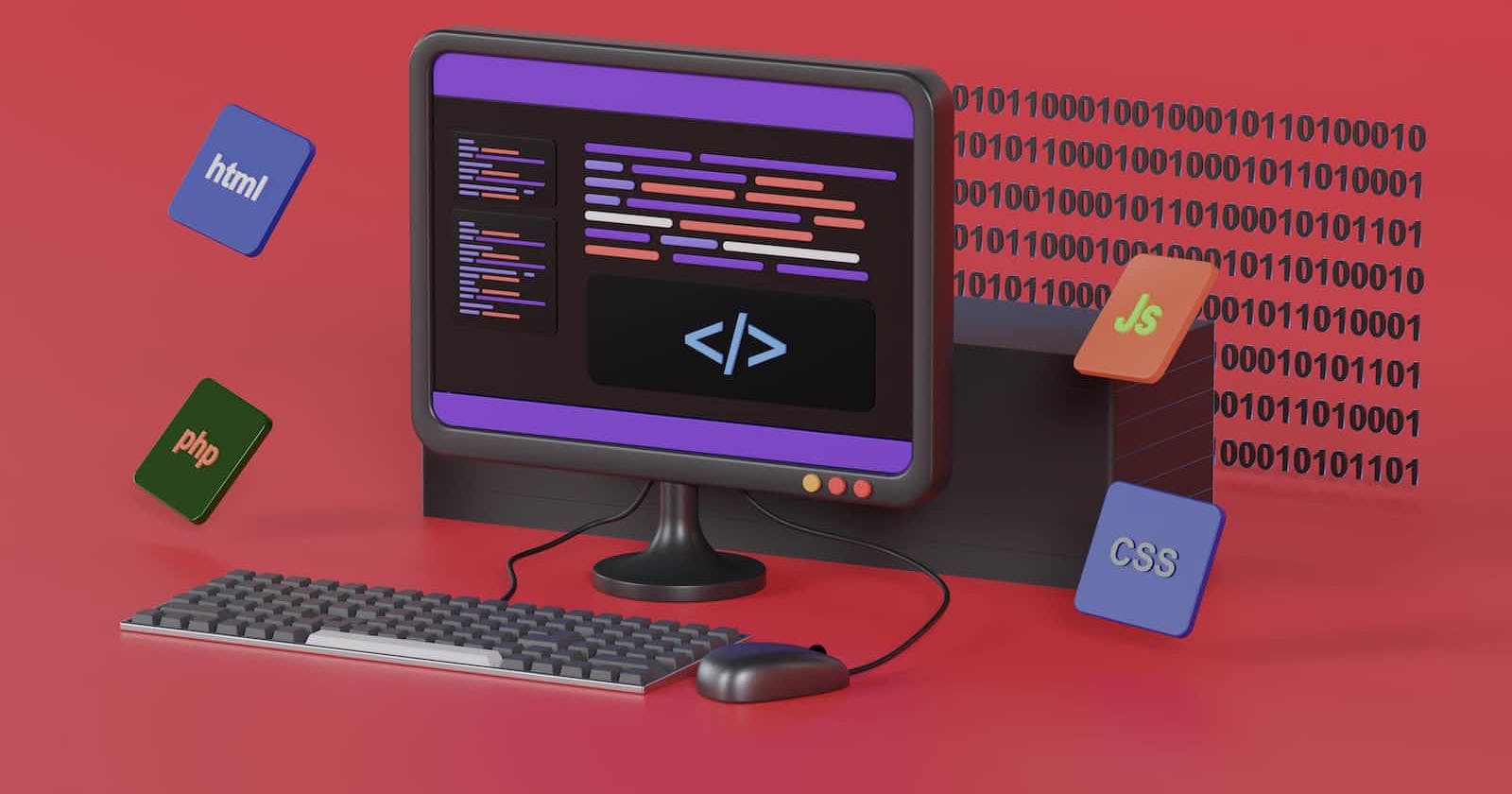Table of contents
No headings in the article.
HTML and CSS are the building blocks of the web. HTML stands for Hypertext Markup Language and is used to structure the content of a web page. CSS stands for Cascading Style Sheets and is used to control the layout and presentation of that content. Together, they form the foundation of every website you visit.
I have learned that HTML is a markup language that uses tags to define the structure of a web page. The most basic tags include the <html>, <head>, <title>, <body>, and <p> tags. The <html> tag tells the browser that the document is an HTML document, while the <head> and <body> tags divide the document into two sections: the head and the body. The <title> tag is used to define the title of the web page, which is displayed in the browser's title bar or tab. And the <p> tag is used to define a paragraph.
In addition to these basic tags, I have learned about a variety of other tags used to structure a web page, including headings (<h1>, <h2>, etc.), lists (<ul>, <ol>, and <li>), images (<img>), links (<a>), and tables (<table>, <tr>, <td>, etc.). I have also learned about the importance of using attributes like id and class to give elements unique identities, which can be used to style them with CSS.
CSS is used to control the layout and presentation of a web page. I have learned how to use CSS selectors to select elements on a web page and apply styles to them. I have learned about the different types of CSS selectors, including element selectors, class selectors, and ID selectors, as well as how to use the color, background-color, font-size, margin, padding, and border properties to control the appearance of elements.
I have also learned about the box model, which is used to calculate the size and position of elements on a web page. I have learned how to use the display, position, float, and clear properties to control the layout of elements on a web page.
Finally, I have learned about responsive design, which is the practice of designing web pages that look good on different devices and screen sizes. I have learned how to use media queries and the @media rule to apply different styles based on the size of the screen.
In conclusion, HTML and CSS are the foundation of the web, and I have learned how to use them to structure and present content on a web page. I have learned about a variety of tags and attributes used to structure a web page, as well as how to use CSS to control the layout and presentation of that content. I have also learned about responsive design, which is crucial for creating web pages that look good on different devices and screen sizes.

